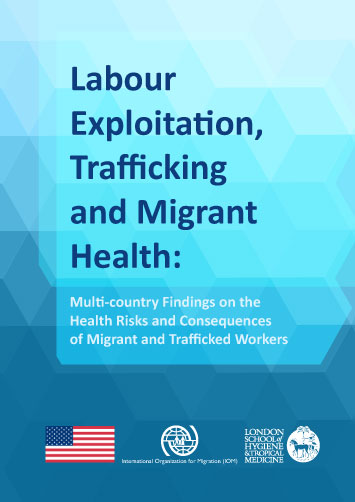Labour Exploitation, Trafficking and Migrant Health: Multi-country Findings on the Health Risks and Consequences of Migrant and Trafficked Workers

Global assessments suggest that a substantial proportion of labour migrants ends up in situations of extreme exploitation, some of whom are identified as victims of human trafficking. Because large numbers of migrant workers fall into a “grey area” between trafficking (as defined by international and national law) and exploitative labour situations, there is good reason to explore the differences and similarities between the health needs of those who have been identified as trafficked compared to other migrants working in the same labour sector who have not. It is urgent to understand present-day occupational health and safety risks, forms of abuse and exploitation in different sectors and common hazardous working and living conditions to improve prevention and response strategies. This is among the first studies to explore and compare the influence of occupational and other risk exposures on people’s health and well-being and compare the experiences of migrant workers and victims of trafficking across sectors and regions. Our multiregion qualitative study on exploitation and harm experienced by individuals in the textile sector in Argentina, and artisanal gold-mining in Peru and construction sector in Kazakhstan, found important commonalities in the health hazards and financial, social and legal challenges across sectors and regions. In total, we interviewed 71 people; of these, 18 were formally identified victims of trafficking and 53 were migrant workers.
